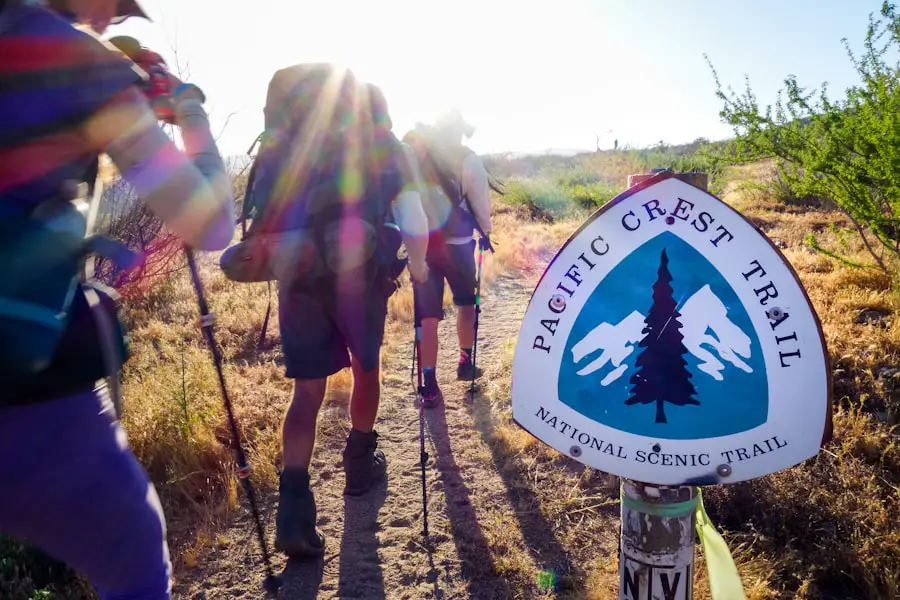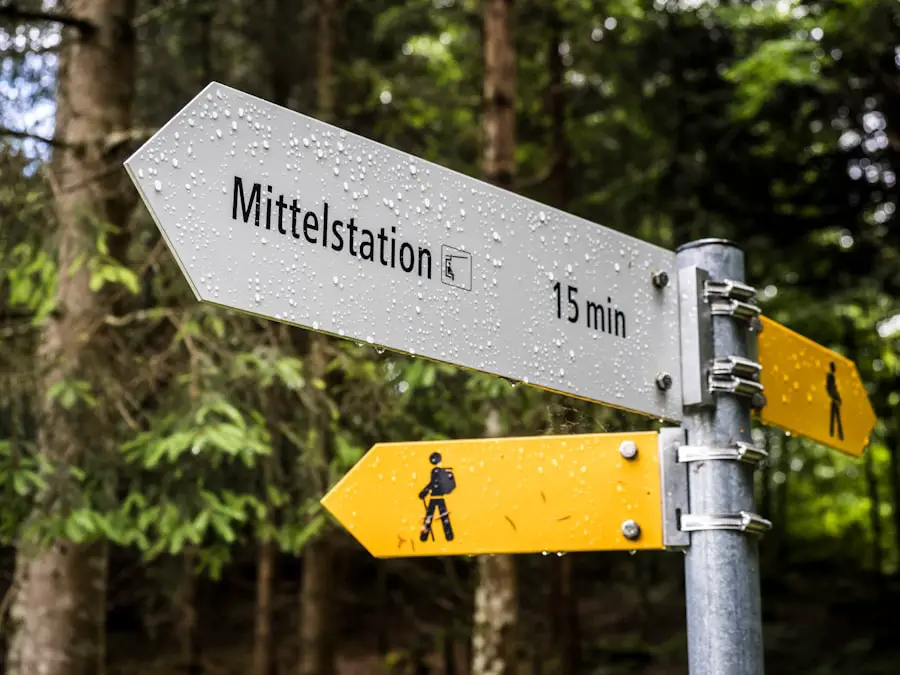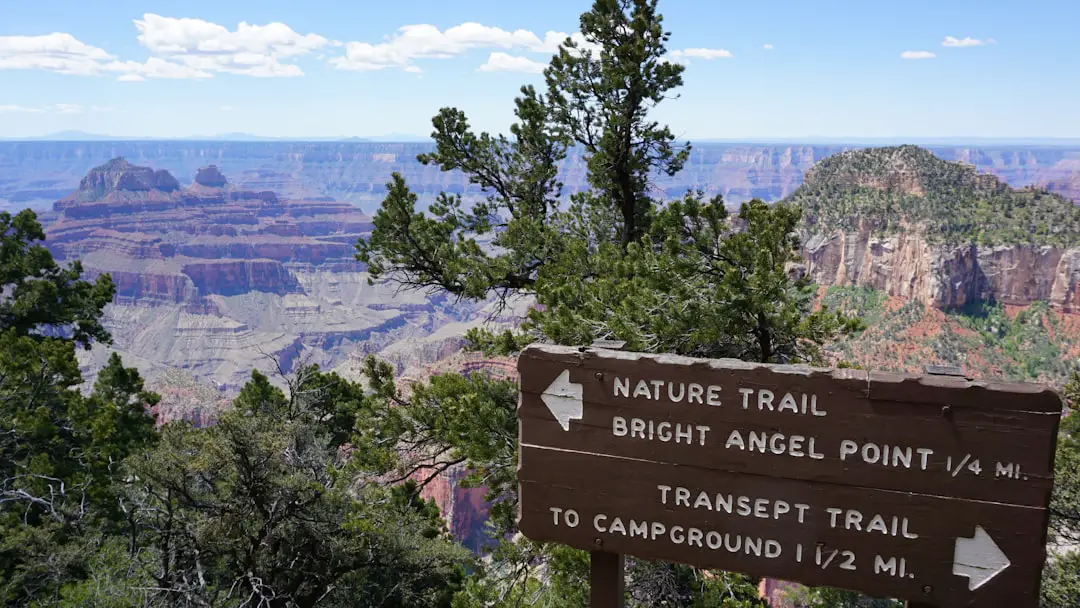Hiking and backpacking are two of the most popular outdoor activities that allow individuals to connect with nature, explore diverse landscapes, and engage in physical exercise. Both activities offer unique experiences, catering to a wide range of skill levels and preferences. While they share similarities, such as the enjoyment of the great outdoors and the opportunity for adventure, they also possess distinct characteristics that set them apart.
Understanding these differences can help outdoor enthusiasts choose the right activity for their personal interests and physical capabilities. The allure of hiking and backpacking lies not only in the physical benefits but also in the mental rejuvenation they provide. Immersing oneself in nature has been shown to reduce stress, improve mood, and enhance overall well-being.
Whether traversing a well-marked trail or navigating through rugged terrain, both activities encourage individuals to step away from the hustle and bustle of daily life and embrace the tranquility of the natural world. As we delve deeper into the definitions, characteristics, and gear associated with hiking and backpacking, it becomes clear that each offers a unique pathway to adventure and self-discovery.
Key Takeaways
- Hiking and backpacking are both outdoor activities that involve walking and exploring nature, but they have distinct differences in terms of duration, distance, gear, and terrain.
- Hiking is a day-long activity that involves walking on well-defined trails and paths, usually covering shorter distances and requiring minimal gear and equipment.
- Backpacking, on the other hand, involves multi-day trips where hikers carry all their gear and supplies in a backpack, often covering longer distances and requiring more specialized equipment for camping and survival.
- Essential gear for hiking includes comfortable footwear, weather-appropriate clothing, a daypack, water, and snacks, while backpacking requires a larger backpack, camping gear, cooking supplies, and navigation tools.
- Personal preference plays a significant role in choosing between hiking and backpacking, as some may prefer the simplicity and accessibility of hiking, while others may enjoy the challenge and adventure of backpacking in remote wilderness areas.
Definition and Characteristics of Hiking
Accessibility and Inclusivity
Many hiking trails are designed to accommodate beginners, featuring well-maintained paths that provide a safe and enjoyable experience. This inclusivity makes hiking an ideal activity for families, friends, or solo adventurers looking to explore local parks or national forests.
Connection to Nature
Hiking often involves a connection to nature, where hikers can observe wildlife, appreciate scenic vistas, and experience the changing seasons. Hiking can be a solitary pursuit or a social activity, allowing individuals to bond with others while sharing the beauty of the outdoors.
Flexibility and Adaptability
Hiking can be adapted to fit various time constraints; whether it’s a quick afternoon jaunt or an all-day excursion, hikers can choose routes that align with their schedules and energy levels. This flexibility is one of the reasons why hiking remains a beloved pastime for many.
Definition and Characteristics of Backpacking

Backpacking, on the other hand, is a more involved outdoor activity that combines hiking with camping. It typically involves carrying all necessary gear—such as food, water, shelter, and clothing—in a backpack over extended distances. The primary goal of backpacking is not just to reach a destination but to immerse oneself in nature for multiple days at a time.
This extended duration allows backpackers to explore remote areas that are often inaccessible by day hikes alone, providing a deeper connection to the wilderness. The characteristics of backpacking include self-sufficiency and planning. Unlike day hikes where one can return home at the end of the day, backpackers must be prepared for various conditions and challenges they may encounter on their journey.
This includes understanding how to navigate using maps or GPS devices, knowing how to set up camp, and being equipped to handle emergencies. Backpacking also requires careful consideration of gear selection; every item must be lightweight yet functional, as it will be carried over long distances. The experience of backpacking often fosters a sense of adventure and resilience as individuals learn to adapt to their surroundings and rely on their skills.
Gear and Equipment for Hiking
| Item | Description | Weight (oz) | Price |
|---|---|---|---|
| Hiking Boots | Sturdy, waterproof boots for rough terrain | 30 | 150 |
| Backpack | Large capacity, comfortable for long hikes | 40 | 200 |
| Trekking Poles | Adjustable, shock-absorbing poles for stability | 16 | 80 |
| Water Filter | Portable filtration system for clean water on the go | 12 | 50 |
When it comes to hiking gear, the focus is primarily on comfort and safety for shorter excursions. Essential items include sturdy footwear designed for traction and support, such as hiking boots or trail shoes. Proper footwear is crucial as it helps prevent injuries like blisters or sprains while navigating uneven terrain.
Additionally, hikers should wear moisture-wicking clothing that allows for breathability and temperature regulation during physical exertion. Other important gear includes hydration systems or water bottles to ensure adequate fluid intake throughout the hike. A well-stocked daypack is also essential; it should contain snacks for energy replenishment, a first-aid kit for minor injuries, a map or compass for navigation, and weather-appropriate outer layers like jackets or hats.
Depending on the length of the hike and environmental conditions, hikers may also consider bringing trekking poles for added stability on steep or rocky paths. The emphasis on lightweight and functional gear allows hikers to enjoy their experience without being weighed down by unnecessary items.
Gear and Equipment for Backpacking
Backpacking gear is more extensive than that used for day hikes due to the need for self-sufficiency over multiple days. A high-quality backpack is paramount; it should have sufficient capacity to hold all necessary items while distributing weight evenly across the body for comfort during long treks. Backpackers often opt for packs with features such as adjustable straps, hip belts, and multiple compartments for organization.
In addition to a reliable backpack, essential equipment includes a tent or tarp for shelter, a sleeping bag rated for the expected temperatures, and a sleeping pad for insulation from the ground. Cooking gear is also vital; lightweight stoves or portable grills allow backpackers to prepare meals while on the trail. Food choices typically include dehydrated meals or energy-dense snacks that are easy to pack and prepare.
Water purification systems are crucial as well; backpackers must ensure they have access to clean drinking water throughout their journey. The selection of gear in backpacking emphasizes durability and functionality while maintaining a focus on weight reduction.
Differences in Duration and Distance

One of the most significant differences between hiking and backpacking lies in duration and distance. Hiking can vary from short walks lasting an hour or two to full-day excursions covering several miles. Many trails are designed specifically for day hikes, allowing individuals to enjoy nature without committing to an overnight stay.
This flexibility makes hiking an appealing option for those with limited time or who prefer not to camp. In contrast, backpacking typically involves longer trips that span multiple days or even weeks. Backpackers often cover greater distances each day as they move from one campsite to another, exploring remote areas that require more time to access.
These extended journeys necessitate careful planning regarding food supplies, water sources, and rest stops along the way. The commitment required for backpacking can be both physically demanding and rewarding, as it allows individuals to experience the wilderness in a more profound way than shorter hikes might permit.
Differences in Terrain and Difficulty
The terrain encountered during hiking versus backpacking can also differ significantly. Hiking trails are often well-marked and maintained, making them accessible for individuals of varying skill levels. While some trails may present challenges such as steep inclines or rocky paths, many are designed with safety in mind, featuring clear signage and established routes.
Backpacking routes tend to be less developed and may require navigating through rugged landscapes that demand greater physical endurance and skill. Backpackers often encounter diverse terrains such as mountain ranges, dense forests, or desert landscapes that may not have established paths.
Conclusion and Personal Preference
Ultimately, the choice between hiking and backpacking comes down to personal preference and individual goals. For those seeking a quick escape into nature without extensive planning or commitment, hiking offers an ideal solution. It allows individuals to enjoy beautiful landscapes while accommodating varying schedules and fitness levels.
Conversely, those who crave adventure and wish to immerse themselves in nature over several days may find backpacking more appealing. The challenges presented by longer treks can foster personal growth and resilience while providing opportunities for exploration beyond what day hikes can offer. Each activity has its unique charm; whether one prefers the simplicity of a day hike or the complexity of a multi-day backpacking trip depends on individual interests, fitness levels, and desired experiences in the great outdoors.
If you’re looking to enhance your hiking experience, consider investing in a pair of compact binoculars to help you spot wildlife and take in the stunning views along the trail. These binoculars are lightweight and easy to carry, making them the perfect accessory for any outdoor adventure.
FAQs
What is the difference between hiking and backpacking?
Hiking typically involves walking on well-marked trails for a few hours, while backpacking involves carrying all necessary gear and supplies for an overnight or multi-day trip, often on more rugged and remote trails.
What gear is typically used for hiking?
Hiking typically requires comfortable clothing, sturdy footwear, a daypack for carrying essentials like water and snacks, and possibly trekking poles for stability.
What gear is typically used for backpacking?
Backpacking requires a larger backpack to carry a tent, sleeping bag, sleeping pad, cooking supplies, food, and other essentials for overnight stays in the wilderness.
What are the typical durations for hiking and backpacking trips?
Hiking trips are usually shorter, lasting a few hours to a full day, while backpacking trips can last multiple days or even weeks, requiring more extensive planning and preparation.
What are the physical demands of hiking versus backpacking?
Hiking can be physically demanding, especially on steep or challenging terrain, but backpacking adds the additional challenge of carrying a heavy pack over longer distances and rougher terrain.
